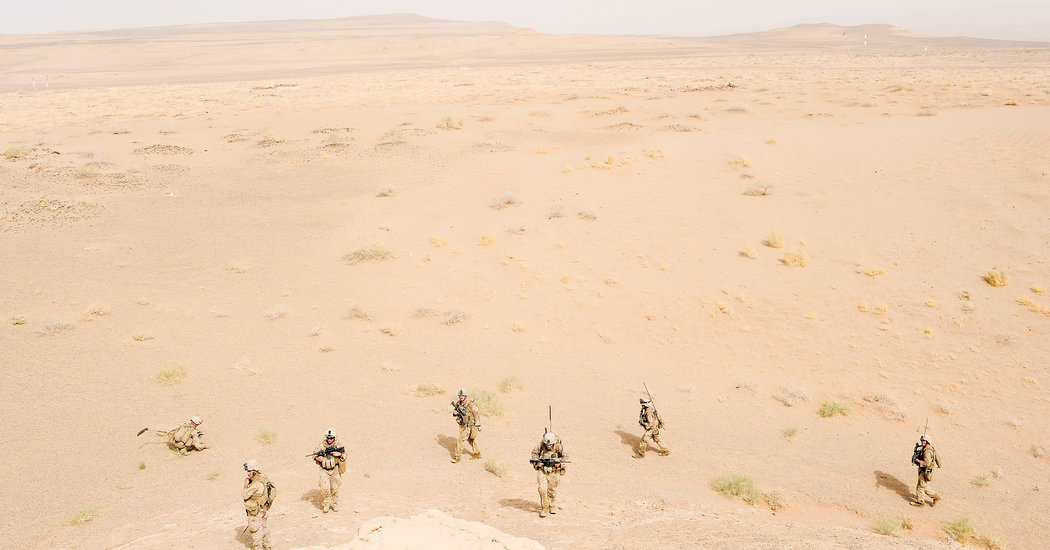Against Neutrality
The apparent impartiality of photographs can conceal as much as it reveals — especially when the subject is violence or prejudice.
Link: http://www.nytimes.com/2016/01/17/magazine/against-neutrality.html?partner=rss&emc=rss&_r=0
The photograph and the words arrive simultaneously. They guarantee each other. You believe the words more because the photograph verifies them, and trust the photograph because you trust the words. Additionally, each puts further pressure on the interpretation: A war photograph can, for example, make a grim situation palatable, just as a story about a scandal can make the politician depicted look pathetic. But images, unlike words, are often presumed to be unbiased. The facticity of a photograph can conceal the craftiness of its content and selection.
